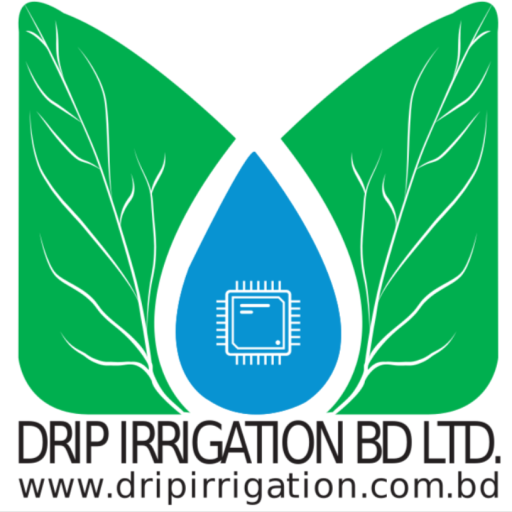[ad_1]
As the world’s population continues to grow, so does the demand for food. In countries like Bangladesh, where agriculture is a critical part of the economy and livelihood for millions of people, ensuring reliable access to water for crops is essential. However, with climate change and increased competition for water resources, traditional methods of irrigation are no longer sustainable. Fortunately, a new water-saving technology, known as drip irrigation, is now being used to empower farmers in Bangladesh.
Drip irrigation is a type of irrigation that delivers water directly to the roots of plants, using a network of tubes and emitters. Unlike traditional flood irrigation systems, which can waste up to 60% of water due to evaporation and runoff, drip irrigation systems are designed to conserve water by delivering it precisely where it is needed, in the right amounts.
In Bangladesh, where rainfall is unpredictable and water sources are scarce, drip irrigation is proving to be a game-changer for farmers. By using this technology, smallholder farmers can increase yields, reduce water consumption, and save time and energy spent on manual irrigation.
One example of the impact of drip irrigation can be seen in the case of Mr. Abdul Majid, a farmer in Sharail Upazila. Before adopting drip irrigation, Mr. Majid relied on traditional irrigation methods that consumed a lot of water. His crop yields were inconsistent, and he faced frequent crop losses due to droughts and flood events. However, after installing a drip irrigation system on his farm, Mr. Majid saw a significant improvement in his crop yields. He also reduced his water usage by up to 50%, while at the same time saving money on labor costs.
In addition to improving crop yields and conserving water, drip irrigation systems are also helping farmers to diversify their crops. Farmers who were once limited to growing rice and vegetables during the monsoon season can now grow high-value cash crops like fruits, flowers, and spices year-round with the help of drip irrigation.
The adoption of drip irrigation is not without its challenges. The initial investment cost can be high for smallholder farmers, and the technology requires regular maintenance and system checks. However, initiatives by the government and development organizations, such as the Farm Mechanization Program of the Department of Agriculture Extension and the World Bank-funded Agriculture Value Chains Project, are providing training and financial support to help farmers adopt drip irrigation.
In conclusion, the adoption of drip irrigation technology is an important step in empowering farmers in Bangladesh to adapt to the challenges of climate change and increasing competition for water resources. By using drip irrigation systems, farmers can increase their yields, save water, and grow a wider range of crops, ultimately improving their livelihoods and reducing poverty in rural areas.
[ad_2]

